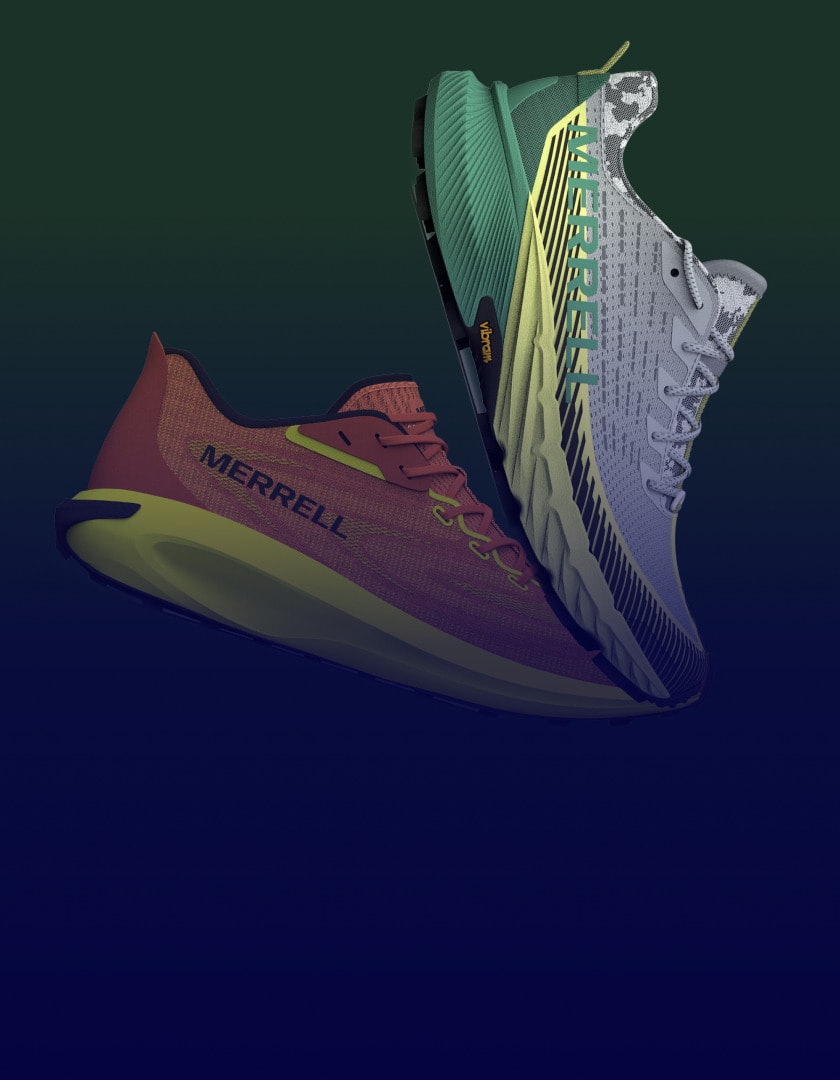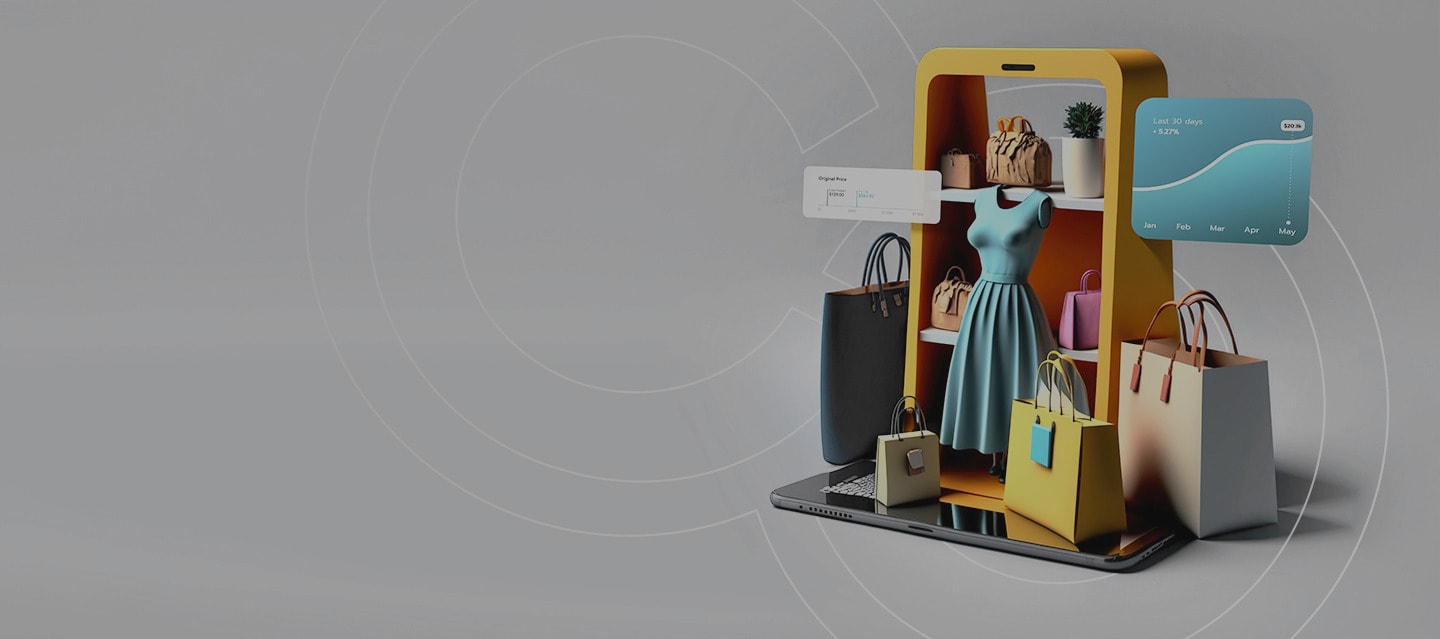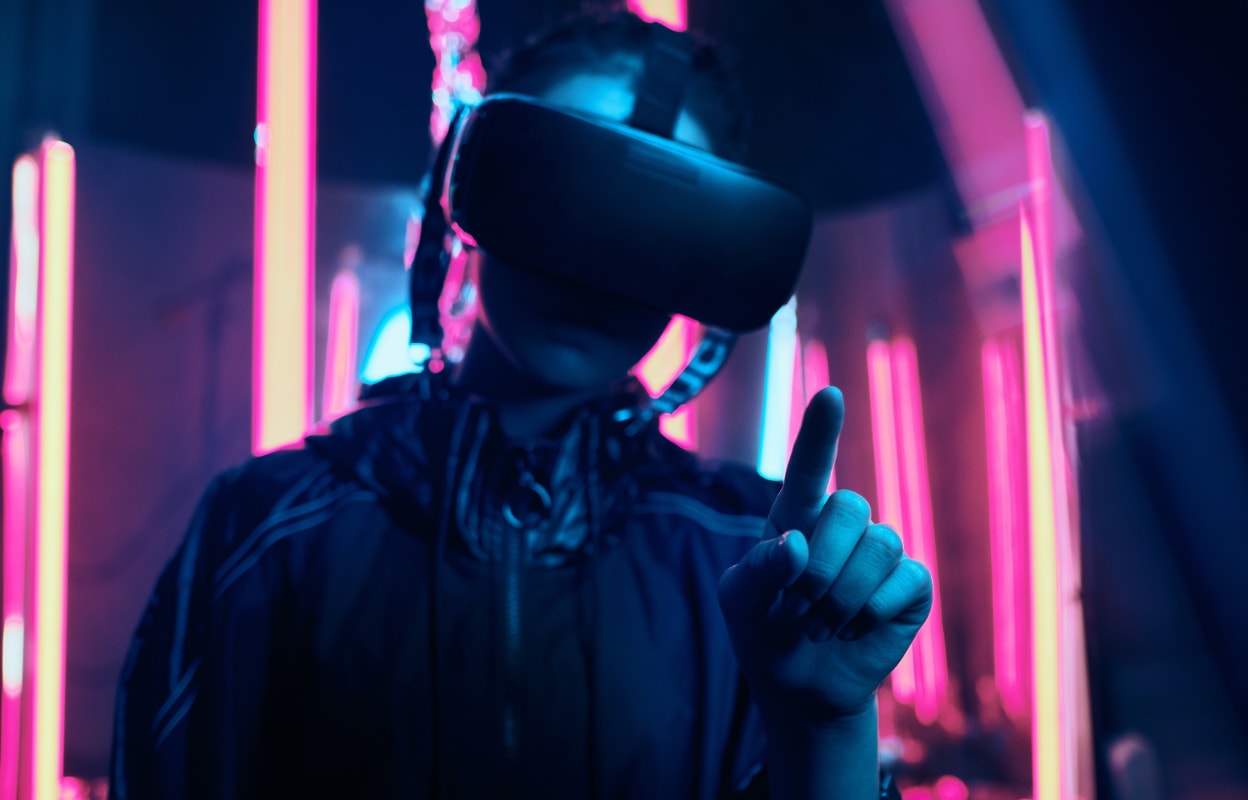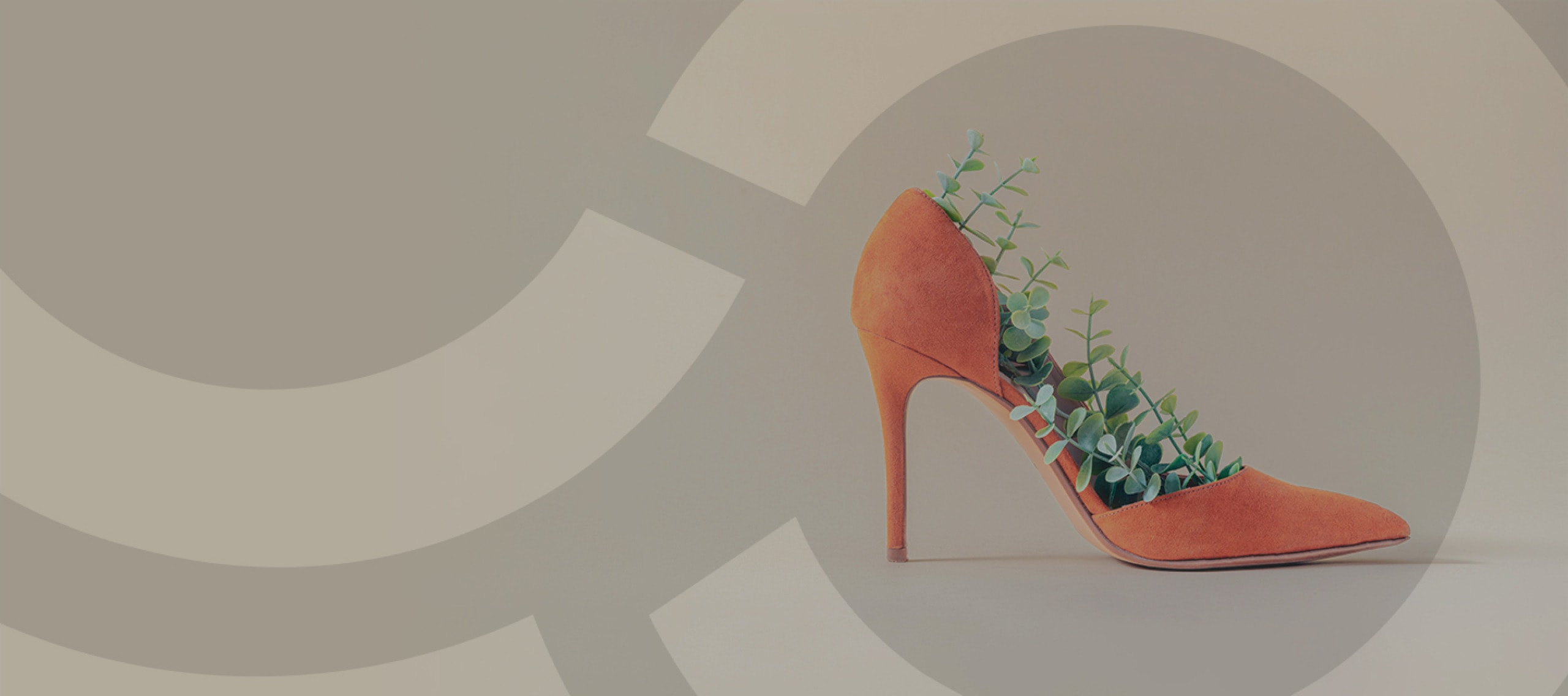Product Concept to Customer
for Fashion & Apparel



Trusted by the world’s top fashion brands, retailers, wholesalers and manufacturers.
See how fashion, apparel, footwear and
luxury companies get results
Accelerate cross-team collaboration and creativity that spans the entire organization. Don’t take our word for it, see some of the ROI experienced by customers.
18%
growth in sales
15%
rise in margin
30%
reduced working capital
60%
reduction in time to market
50%
boost in productivity
93%
decrease in spreadsheets
Benefit from strategic, operational and competitive advantages.
The fashion and footwear business is complex and moves at a fast pace. Centric provides solutions.
Consumer demands, market shifts and internal and external pressures all make it increasingly difficult to stay close to consumers while maintaining competitive positioning and meeting margin targets.
Centric Software innovates AI-driven solutions for fashion brands, retailers and manufacturers to keep up with today and tomorrow's challenges. Optimize all aspects of product and collection go-to-market from market intelligence through to planning, PLM and robust inventory management.
A flexible and scalable digital foundation for growth
Explore Centric’s AI market-driven solutions
Optimize each step of bringing a product to market, whether at the pre-season, in-season or end-of-season cycle. Streamline processes, reduce costs, maximize profitability and drive sustainability.
We work with all types of companies, large or small.
Cutting costs, increasing margins and meeting sustainability goals are important no matter the company type or size.
That’s why we work hand-in-hand with customers to understand their complex day-to-day operational and strategic requirements, and continue to iterate, develop and innovate our products to keep up with the changing needs of the fashion industry.
Discover how each step of the process benefits from Centric Solutions.
Planning & Allocation
Merchandising
Design & Trend Analysis
Pricing
Product Development
Operations & Supply Chain
Packaging & Artwork
Sourcing, Production & Manufacturing
Quality & Compliance
Gain a holistic view of merchandise plans with synchronized bottom-up and top-down planning. Leverage augmented intelligence to accurately forecast demand, set placeholders and targets, and curate customer-centric assortments with Centric Planning.
Combine visually-driven decision-making with sales and forecast data with Centric Visual Boards. Slice & dice merchandise product and planning data and view multiple seasons, collections, deliveries and mixes side-by-side with detailed financial data by SKU for comparative performance analysis.

Manage seasons, departments, collections and specific styles to meet performance targets. Gain full visibility into material costs and product margins. With Centric Planning, teams make better decisions with information that is up to date in real time.
Quickly identify best-sellers within the wider market and understand product performance based off consumer response. Identify up-and-coming trends to create assortments reflective of what consumers are looking for with Centric Market Intelligence.
Accelerate line planning, bring offline tasks together with image libraries, product and design data in a unified, digital workspace with Centric Visual Boards and reclaim weeks’ worth of time back to the team.

Enable design teams to reduce manual tasks, freeing up time to focus on creativity. Gain easy access to material libraries and historical product data and connect 3D design platforms with Centric PLM. Streamline the entire design process and stay in sync with merchandising and planning teams.
Empower creativity and collaboration with a unified, digital workspace to accelerate decision making and drive product innovation. With Centric Visual Boards, teams can bring traditionally offline tasks together with image libraries, product and design data to speed time to market in a more economical and sustainable way.

Quickly gain a 360° view of the entire market, analyze competitor prices, uncover their assortment investments and grasp market trends. Centric Market Intelligence provides the insights needed to drive product and pricing decisions whether pre-season or in-season.

Simplify communication with one, actionable source of truth. Remove data entry and errors while eliminating spreadsheets, shared drives and other bottlenecks to increase efficiency and cross-team collaboration to speed product development and bring products to market faster with Centric PLM.
Reduce product development cycle time with Centric Visual Boards. Meet vendor capacity targets and production deadlines with visually interactive scenario planning for optimized, sustainably focused decision-making.

Manage the complete journey of a product from ideation and design all the way through to production and beyond. Effectively track changes, improve collaboration across teams and streamline the supply chain. Centric PLM boosts operational efficiency.
Build efficient replenishment strategies with granular AI-powered insights to avoid out of stocks, minimize markdowns, and reduce stock holding and logistics costs. Gain better control over operational costs and bottlenecks with end-to-end data visibility and accurate forecasting with Centric Planning.

Connect your product packaging briefs directly to product briefs to increase efficiency and accuracy when developing new products. Centric PLM supports a simplified, cost-effective approach to package and label development.

Evaluate and rationalize your supply chain, collaborate efficiently with each supplier, issue RFQs en masse and easily compare price quotes by working directly within the supplier portal in Centric PLM. Track, monitor and document sub-contracting and sustainability and compliance requirements.
Roll-up accurate raw material forecasts earlier in the planning cycle for quicker time to production with Centric Planning. Leverage augmented intelligence to identify and plan for bottlenecks in the supply chain to build resilience and keep inventory at an optimal level.
Eliminate siloes, better control costs and gain transparency over production with a single source of truth using Centric Visual Boards. Unite PLM, Planning, Production and Supply Chain data in a single, collaborative workspace for accelerated decision making and scenario planning.

Develop high-quality products that meet consumer expectations and manage quality control and inspections with mobile apps and templates directly connected to Centric PLM. Effectively maintain compliance documentation in a single up-to-date digital location to meet regulatory requirements and satisfy customers, such as sustainability credentials.
Eliminate siloes and speed time to approval with a single source of the truth. Configure Centric Planning to meet the needs of your organization with custom workflows and traceable audit checkpoints for quality assurance and regulatory compliance.
Connect data from PLM, PIM, Planning, Logistics and more in a single visual environment with Centric Visual Boards and eradicate gaps in reporting to ensure traceable decisions for accountability and auditing.

Speak to one of our experts to discover how we work with 1000s of other organizations just like yours.
Request a demo















